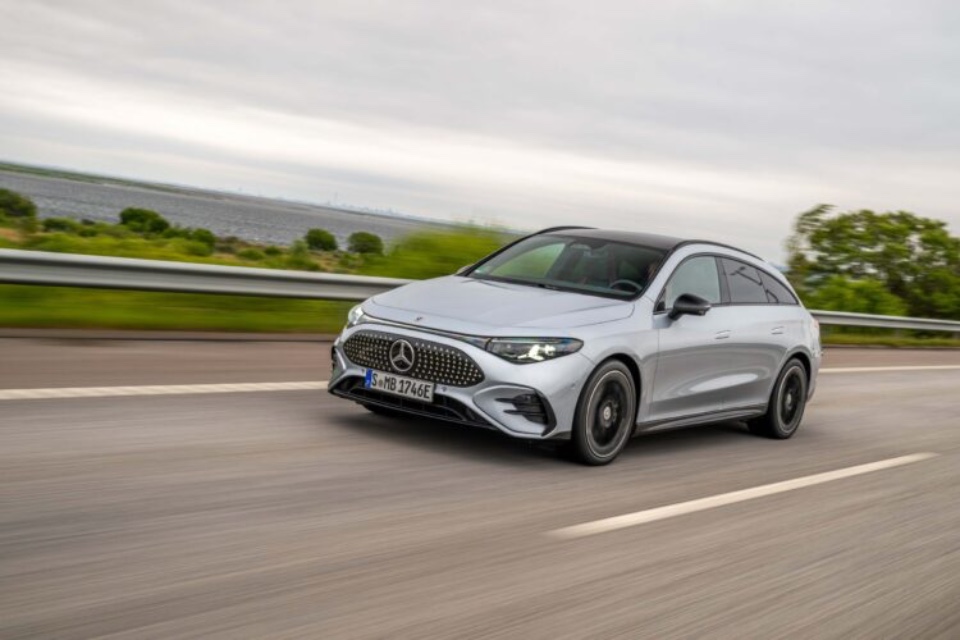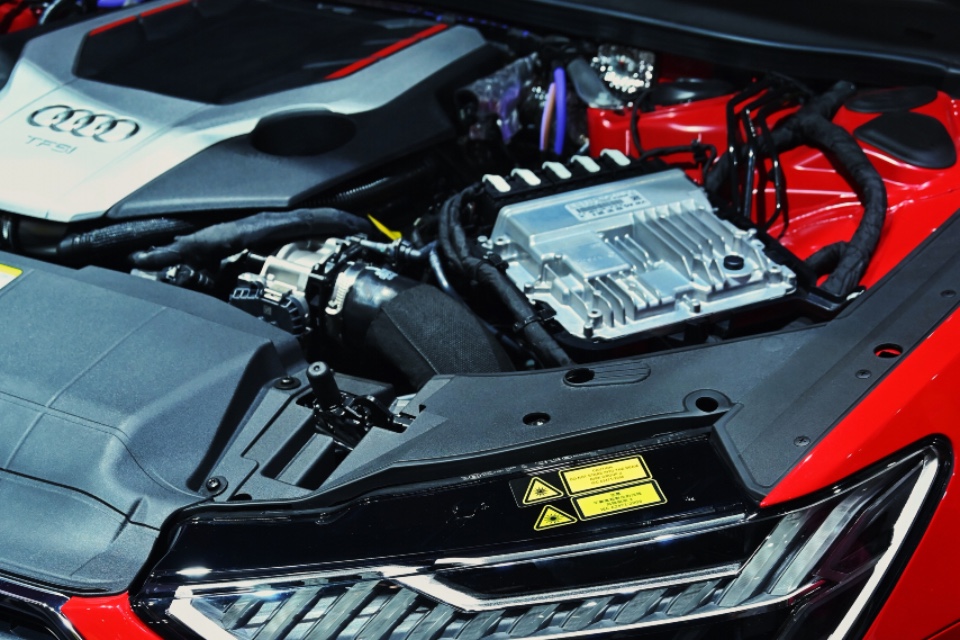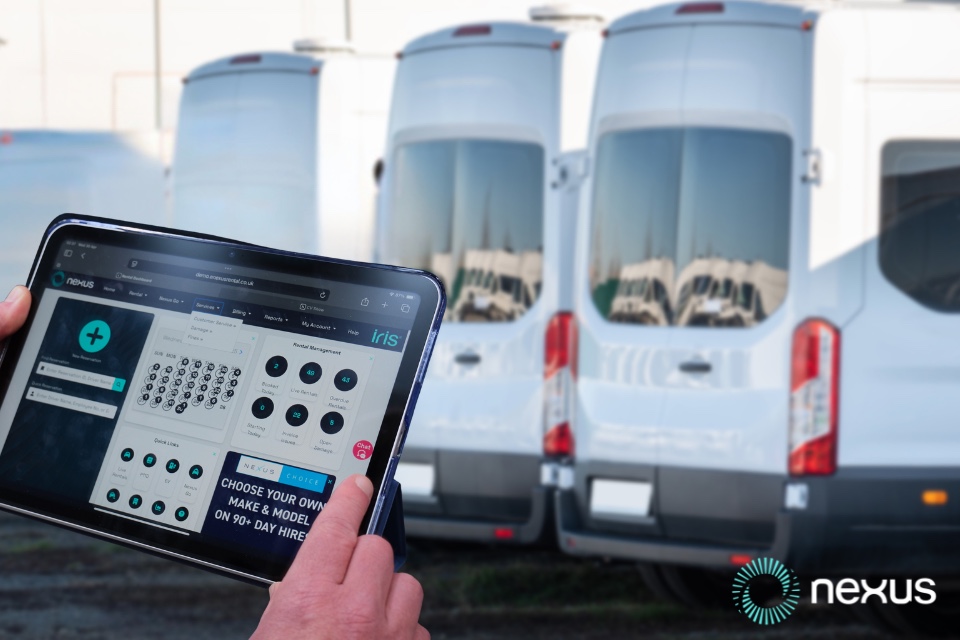European fleets using EVs have cut their carbon emissions by more than 15 tonnes of CO2per vehicle, per year, equating to a fuel saving of 5,665 litres.
Webfleet published this information in the first instalment of Electrifying Data, a series of reports that map the commercial EV opportunity in exclusive telematics data. The first report provides clear insights on the fuel and carbon emission reductions that are made possible via fleet electrification.
According to latest government figures, in 2020 transport was responsible for producing 24 per cent of the UK’s total greenhouse gas (GHG) emissions, the country’s largest emitting sector . Furthermore, it was responsible for 33 per cent of nitrogen oxides (NOX) emissions and 14 per cent of particulates (PM2.5).
‘The decarbonisation of the transport sector sits at the very heart of our collective ambitions to tackle climate change’, said Beverley Wise, Webfleet Regional Director for Bridgestone Mobility Solutions.
‘Fleet businesses have been leading the charge in the transition from ICE to EV vehicles, and this data reinforces the impact they can have in helping to deliver a more sustainable future.’
‘Although electrification is gathering pace, it remains, however, a significant change management undertaking. Dedicated fleet management solutions such as Webfleet can play an important role in supporting fleets as they target net zero.’
Taco van der Leij, Vice President of Webfleet Europe added: ‘The significant CO2 savings shown in the Electrifying Data report emphasise how electrifying your fleet can have a significant environmental impact.’
‘In Webfleet, you can access the Fleet Electrification Report, a feature that shows clearly which of your vehicles could be replaced with an EV. Following the fuel price rises in March of last year, we saw a 300 per cent increase in usage of this tool. So, it’s clear the electrification of fleets is top of mind for many businesses.’
‘We want to show all fleets that making the move to electric mobility is a game-changer when it comes to transport decarbonisation.’







